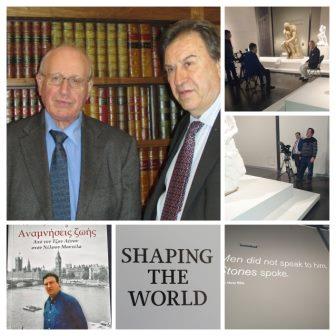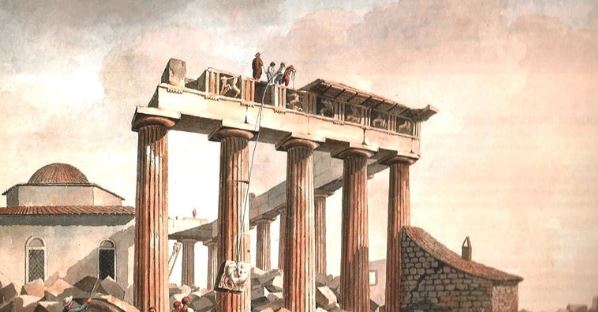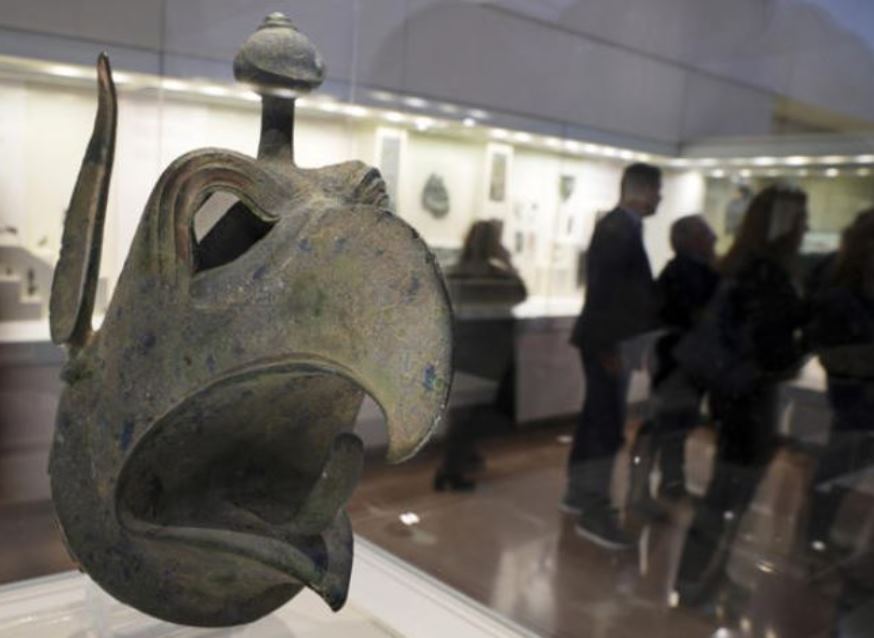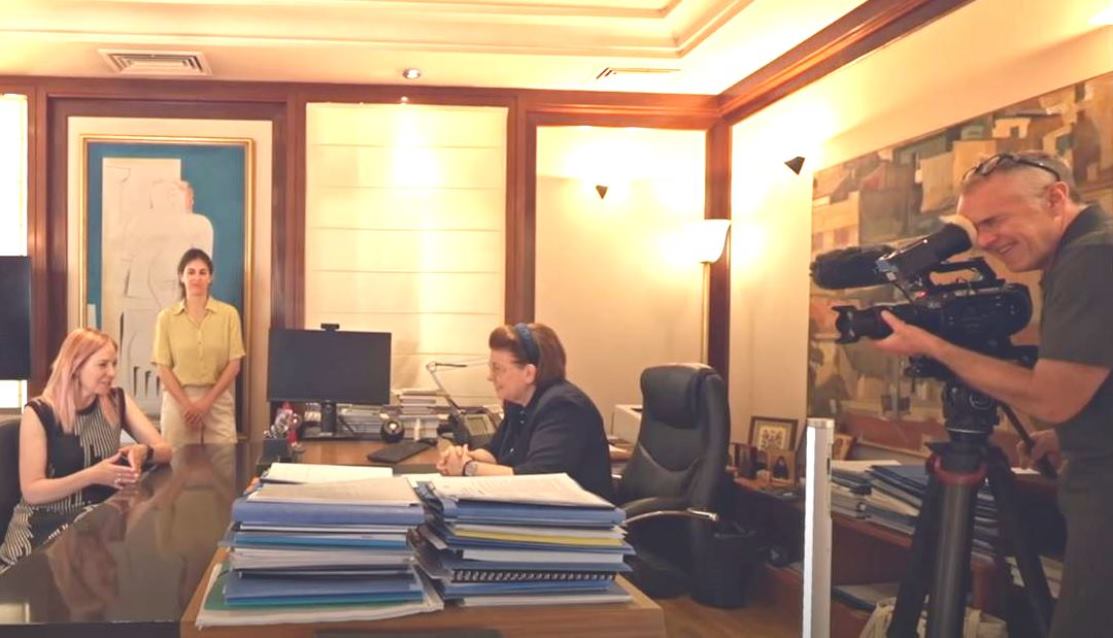Archaic Colours
Commencing Tuesday 31 July 2012 and for the next twelve months, the Acropolis Museum will conduct research on its unique collection of archaic statues, which retain their colours to a small or large degree, and to open a very extensive discussion with the public and various experts on colour - covering technical issues, using new technologies, experimental use on marble surfaces, digital reconstruction,meaning, as well as the archaic period’s aesthetic perception of colour.
Scientific research into the colour found on ancient sculpture has made great progress and reached surprising conclusions that to a large degree refute the stereotypical assumptions regarding colour and ancient sculpture. It turns out that colour was not simply a decorative element, added to the sculpture’s aesthetic quality. For ancient Greeks and their society, colour constituted a way to characterize various attributes. The blond hair of the gods projected their power; the brown skin of warriors and athletes was a sign of virtue and valour, while the white skin of the korai expressed the grace and radiance of youth.
The Acropolis Μuseum’s initiative on Archaic Colours is based on very careful observation, on spectroscopic analysis, on special photography sessions, on efforts to reproduce the colours of antiquity and then to apply them on Parian marble, and naturally, on searching through written sources for valuable information on the pigments. The statues’ crisp, saturated colours, on bright garments and tender bodies, combined with the rich jewelry, frequently made of metal, and elaborately curled hair created a singular aesthetic pleasure, making the archaic statues “wonderful to behold” for the people of the period.
Gallery Talks οn the "Archaic Colours" Brief presentations on the Archaic Colours, with rich visual material, will be held at the Acropolis Museum by Archaeologists – in both Greek and English.
On 31 July, 2012, starting date of this initiative, 6 gallery talks will take place from 11 a.m. to 4 p.m.
From 01 August, 2012 onwards, gallery talks will be held daily at 12 noon in English and at 1 p.m. in Greek. Participation is limited to 20 visitors per session. Coupons are available everyday on a first-in first-served basis at the Information Desk. For further details, please refer to the Information Desk at the Museum entrance.





